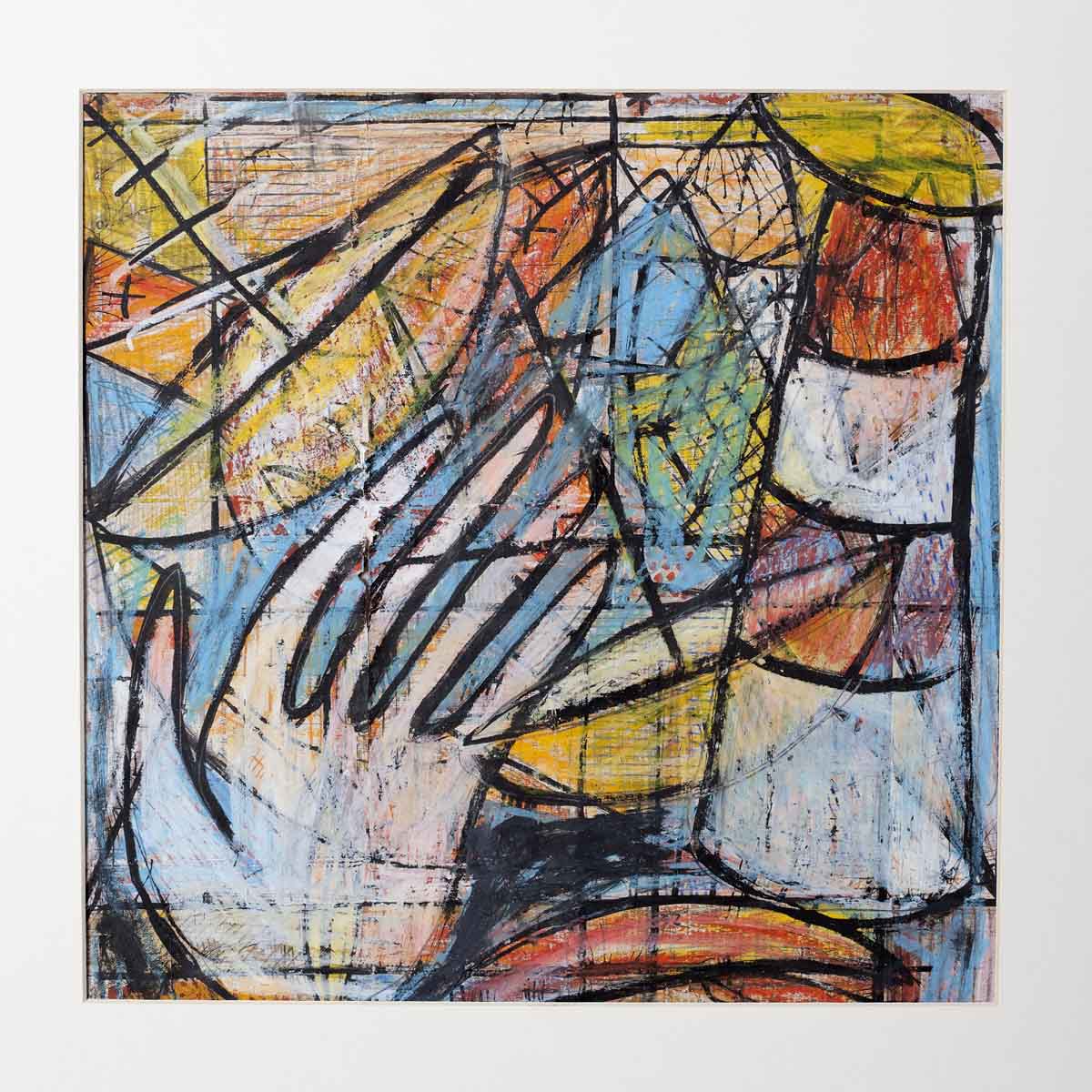Gathering along the Baltic
Whether a habit inherited from my father or an atavic human behavior, since I moved to Stockholm in October 2009, I have been collecting bits and pieces of china, tiles, pottery, woods, metals, glasses and plastics along the Baltic coastline. All these materials have the particularity of being shapen by a random combination of both human and natural forces and, beyond their apparent beauty, they represent a fascinating, hardly untraceable and non repeatable history of natural and social events. Without any pretension and not even polishing or altering their appearance, I've been assembling these pieces and conforming objects which have turned to gain their own life, thus escaping from my own control, becoming intriguing, mysterious and timeless. I could say that my intervention on them fades away when they figuratively and literally stand by themselves.
Regarding the paintings, I can only say that they are just the result of an aesthetic mannerism, a sort of over developed doodling vice which began along the margins of my school books as a child and that recently move to woods rolled by the sea.
Swedish literature analogies
...
It grows, it takes my place.
It pushes me aside.
It throws me out of the nest.
The poem is ready.
Morning Birds, T. Tranströmer
...
One time she found a big white vertebra in the sand. It was too hard to work but could not have been prettier anyway, so she put it in the magic forest as it was. She found more bones, white or grey, all washed ashore by the sea.
“What is it you’re doing?” Sophia asked
“I’m playing,” Grandmother said.
Sophia crawled in to the magic forest and saw everything her grandmother had done.
“Is it an exhibit?” she asked.
But grandmother said it had nothing to do with sculpture, sculpture was another thing completely.
They started gathering bones along the shore. Gathering is peculiar, because you see nothing but what you’re looking for.
The Magic Forest, Tove Jansson
